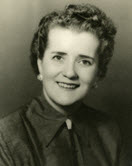 Coya Knutson is a Concordia alumna who can serve as an inspiration for women across the United States, and especially from the North Dakota/Minnesota area. She was a strong-minded, independent woman in an era when women were often in the background of their own lives. Knutson was an effective member of Congress; however, her career as a U.S. Representative was unfortunately cut short. She was defeated in her bid for reelection due to inherent sexism in politics at the time, accomplished through actions by her Democratic-Farmer-Labor party colleagues in collaboration her husband. Coya Knutson is a Concordia alumna who can serve as an inspiration for women across the United States, and especially from the North Dakota/Minnesota area. She was a strong-minded, independent woman in an era when women were often in the background of their own lives. Knutson was an effective member of Congress; however, her career as a U.S. Representative was unfortunately cut short. She was defeated in her bid for reelection due to inherent sexism in politics at the time, accomplished through actions by her Democratic-Farmer-Labor party colleagues in collaboration her husband.
|
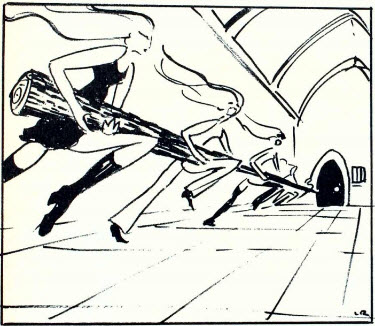 Until the early 1970s, Concordia College imposed restrictive rules and strict regulations pertaining to women’s curfews and lights out. The questioning of authority surrounding the Vietnam War and the feminist movement helped to empower female Cobbers to advocate for their personal freedom. Through a variety of strategies such as demonstrations, lobbying, and expressing opinions in the campus newspaper, women studying at Concordia gained personal freedom and independence when Women’s Hours were eliminated in 1973. Until the early 1970s, Concordia College imposed restrictive rules and strict regulations pertaining to women’s curfews and lights out. The questioning of authority surrounding the Vietnam War and the feminist movement helped to empower female Cobbers to advocate for their personal freedom. Through a variety of strategies such as demonstrations, lobbying, and expressing opinions in the campus newspaper, women studying at Concordia gained personal freedom and independence when Women’s Hours were eliminated in 1973.
|
Concordia College’s campus houses a select number of academic buildings named after various benefactors as well as historical figures significant to Minnesota. The oldest building on campus, Bishop Whipple, is named after the Epsicopal Bishop Henry Benjamin Whipple. The structure, formerly the home of the Bishop Whipple Academy, was purchased by the Northwestern Lutheran College Association in 1891 in order to establish a Norwegian Lutheran school in Moorhead. While many Concordia students and faculty learn and work in this building on a daily basis, most are unaware of the work done by Bishop Whipple, the namesake of this iconic Concordia building. More so, Bishop Whipple’s connection to and work done for the Dakota and Ojibwe peoples from our region, which is unknown to most of the Concordia population, must be assessed and recognized at a campus wide level. Through his passions and labors, Bishop Whipple helped 265 Dakotas obtain pardon from execution after the US-Dakota War. After this, Whipple continued his mission of advocacy for Native Americans, continuing the work of his missions across the state of Minnesota as well.
|
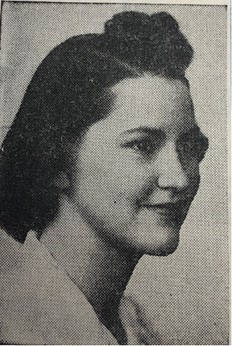 Jean Ahlness Stebinger was a 1943 graduate of Concordia. She was stationed in the American Embassy in Cairo, Egypt during World War II and arranged meetings between North African leaders and President Franklin Roosevelt. She also travelled the world and participated in humanitarian efforts. Jean Ahlness Stebinger was a 1943 graduate of Concordia. She was stationed in the American Embassy in Cairo, Egypt during World War II and arranged meetings between North African leaders and President Franklin Roosevelt. She also travelled the world and participated in humanitarian efforts.
|
 Women’s athletics thrive at Concordia, but the varsity programs currently known and loved did not have their beginning until 1972 and have undergone some dramatic changes in management over the decades, from the Women’s Athletic Association (WAA) and the Association for Intercollegiate Athletics for Women (AIAW), to the National Collegiate Athletic Association (NCAA). Women have fought for the chance to have their talents shine on the court, on the field, in the pool, and more, and while this trend towards gender equality is still ongoing, women’s athletics have nonetheless gained great strides. Women’s athletics thrive at Concordia, but the varsity programs currently known and loved did not have their beginning until 1972 and have undergone some dramatic changes in management over the decades, from the Women’s Athletic Association (WAA) and the Association for Intercollegiate Athletics for Women (AIAW), to the National Collegiate Athletic Association (NCAA). Women have fought for the chance to have their talents shine on the court, on the field, in the pool, and more, and while this trend towards gender equality is still ongoing, women’s athletics have nonetheless gained great strides.
|
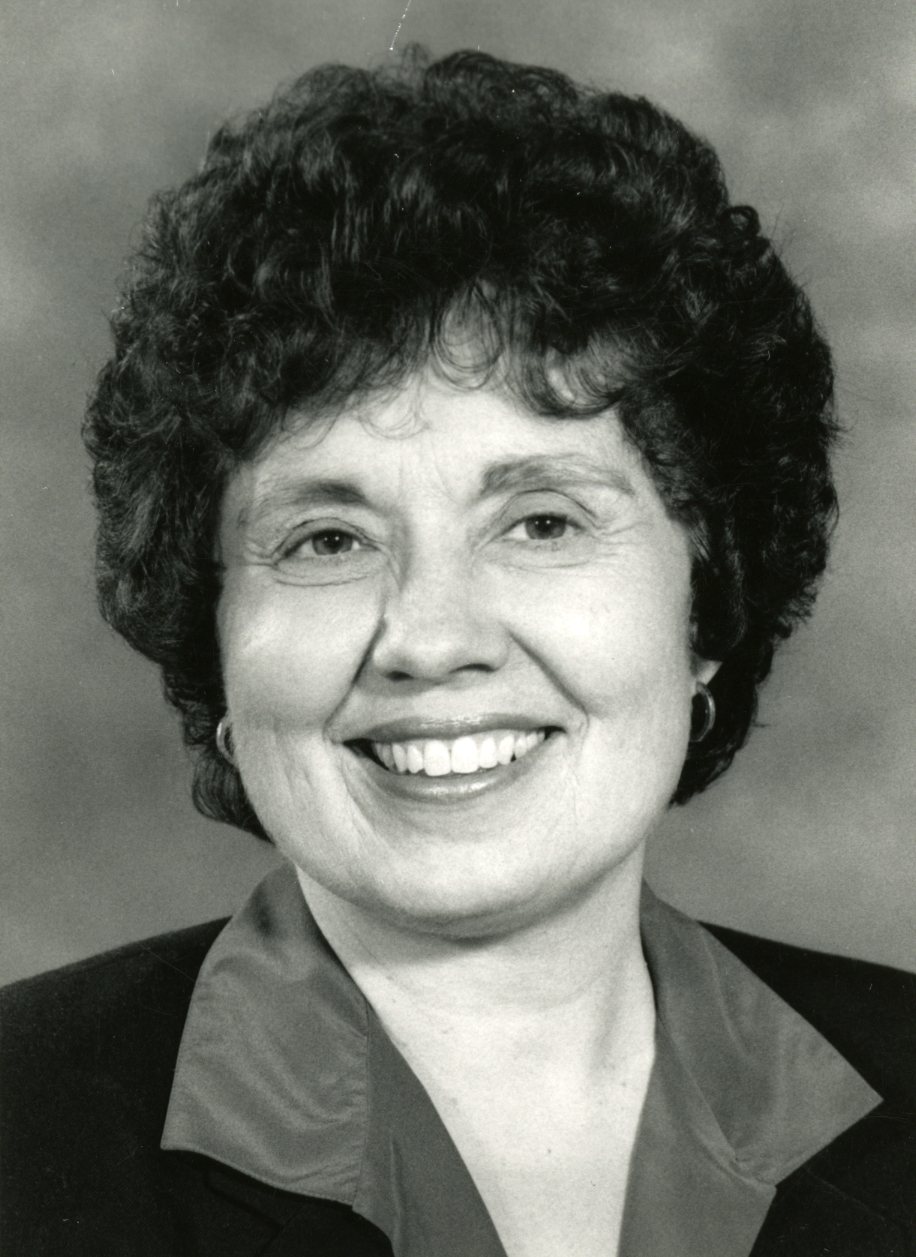 Dr. Joan N. Buckley had a long and fulfilling career at Concordia College, honored by the awards she gained during her tenure. One of three female professors at Concordia in 1956 when she began her work for the college, Dr. Buckley made her mark on campus by being the first female faculty member to receive her doctoral degree while employed, married, and raising a child. While this accomplishment was not appreciated at the time, the achievement came to be respected in Concordia’s history. Dr. Joan N. Buckley had a long and fulfilling career at Concordia College, honored by the awards she gained during her tenure. One of three female professors at Concordia in 1956 when she began her work for the college, Dr. Buckley made her mark on campus by being the first female faculty member to receive her doctoral degree while employed, married, and raising a child. While this accomplishment was not appreciated at the time, the achievement came to be respected in Concordia’s history.
|
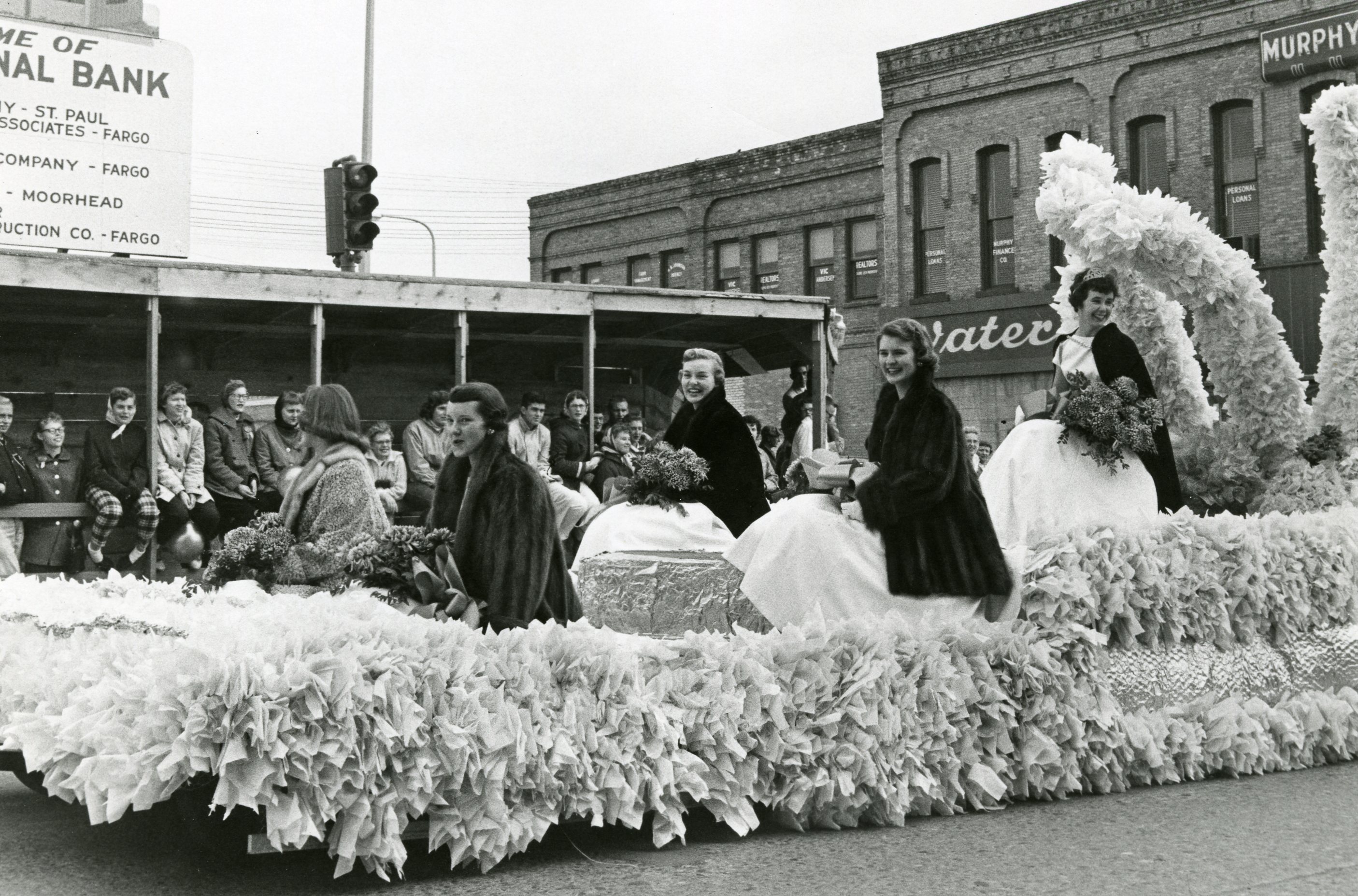 Concordia’s tradition of crowning a homecoming queen began in the 1920s. Student movements and the influence of the 1960-70s society affected the practice. Due to student concerns, the 1974 Homecoming Chairperson Ken Fitzer substituted the tradition of voting for a homecoming queen with the Don Awards, which was a recognition given to four exemplary senior students. The current practice of crowning both a king and queen began during the homecoming festivities in 1977. Concordia’s tradition of crowning a homecoming queen began in the 1920s. Student movements and the influence of the 1960-70s society affected the practice. Due to student concerns, the 1974 Homecoming Chairperson Ken Fitzer substituted the tradition of voting for a homecoming queen with the Don Awards, which was a recognition given to four exemplary senior students. The current practice of crowning both a king and queen began during the homecoming festivities in 1977.
|
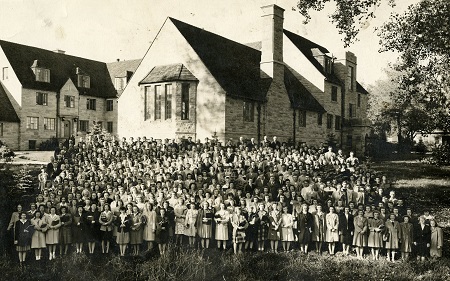 In the midst of World War II Concordia College adapted to wartime restrictions and decreasing enrollment. Due to the military draft the number of male students enrolled dropped, while the number of females attending the college increased dramatically. Accordingly, Concordia established programs and courses that allowed and encouraged women to contribute to the war effort. In the midst of World War II Concordia College adapted to wartime restrictions and decreasing enrollment. Due to the military draft the number of male students enrolled dropped, while the number of females attending the college increased dramatically. Accordingly, Concordia established programs and courses that allowed and encouraged women to contribute to the war effort.
|
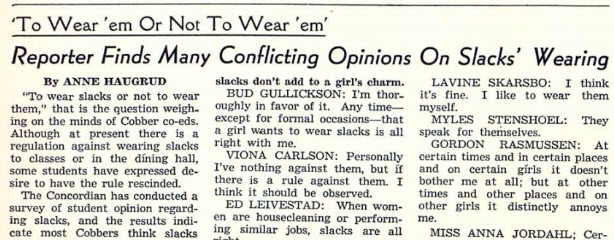 Double standards in the regulation of student conduct at Concordia College placed the liberties of women below those of men. Dress codes and smoking policies in particular explicitly treated female students differently than male students. A combination of student action as well as changing social views brought an end to these sexist differences in regulation over the course of the 1960s and 1970s. Double standards in the regulation of student conduct at Concordia College placed the liberties of women below those of men. Dress codes and smoking policies in particular explicitly treated female students differently than male students. A combination of student action as well as changing social views brought an end to these sexist differences in regulation over the course of the 1960s and 1970s.
|
 Eric Fontaine attended Concordia College during a period of dramatic racial change in higher education, matriculating in 1970 and graduating in 1974. Stepping from the nation’s capital, Fontaine asserted himself on campus through multiple extra-curricular involvements and leadership positions. He served as a guest editorialist for the student paper and as copy editor of the yearbook. In 1973, Fontaine became the first African American student in the college’s history to be elected Student Association president. Following graduation, Fontaine went on to pursue a wide-ranging career as a human resources professional, providing diversity expertise through consulting, coaching, teaching, and training in industry, government, and higher education. Eric Fontaine attended Concordia College during a period of dramatic racial change in higher education, matriculating in 1970 and graduating in 1974. Stepping from the nation’s capital, Fontaine asserted himself on campus through multiple extra-curricular involvements and leadership positions. He served as a guest editorialist for the student paper and as copy editor of the yearbook. In 1973, Fontaine became the first African American student in the college’s history to be elected Student Association president. Following graduation, Fontaine went on to pursue a wide-ranging career as a human resources professional, providing diversity expertise through consulting, coaching, teaching, and training in industry, government, and higher education.
|
 Coya Knutson is a Concordia alumna who can serve as an inspiration for women across the United States, and especially from the North Dakota/Minnesota area. She was a strong-minded, independent woman in an era when women were often in the background of their own lives. Knutson was an effective member of Congress; however, her career as a U.S. Representative was unfortunately cut short. She was defeated in her bid for reelection due to inherent sexism in politics at the time, accomplished through actions by her Democratic-Farmer-Labor party colleagues in collaboration her husband.
Coya Knutson is a Concordia alumna who can serve as an inspiration for women across the United States, and especially from the North Dakota/Minnesota area. She was a strong-minded, independent woman in an era when women were often in the background of their own lives. Knutson was an effective member of Congress; however, her career as a U.S. Representative was unfortunately cut short. She was defeated in her bid for reelection due to inherent sexism in politics at the time, accomplished through actions by her Democratic-Farmer-Labor party colleagues in collaboration her husband.






